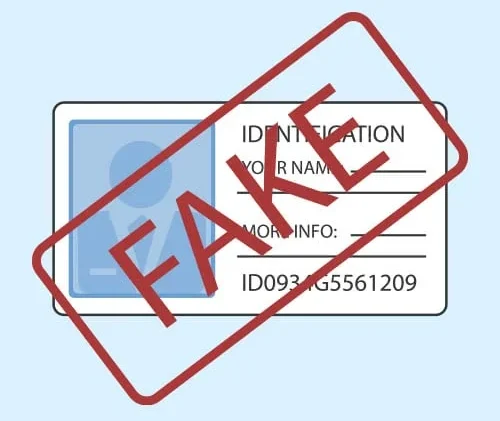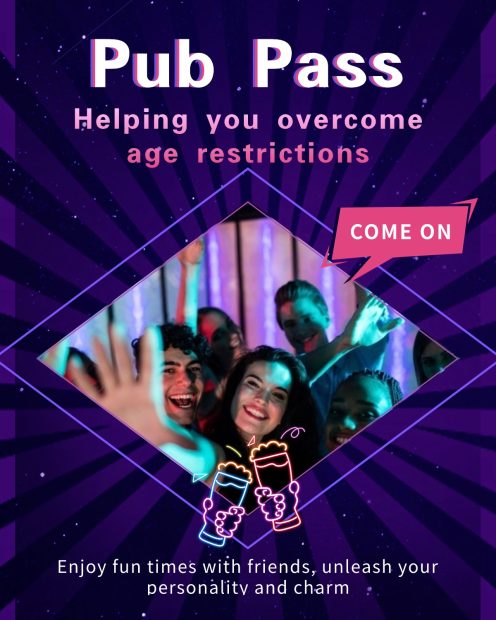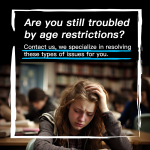Understanding the Role of Security in USA Drivers Licenses
USA drivers licenses serve as primary forms of identification, used in everything from financial transactions to age verification. With this widespread use comes a high risk of fraud, making robust security features non-negotiable. State-issued licenses integrate multiple layers of protection to deter counterfeiting, ensuring that only legitimate documents pass verification checks. These features are not random; they are carefully engineered to balance visibility (for quick checks) and complexity (to hinder replication).
Core Security Features in Modern USA Drivers License Templates
Each state in the U.S. tailors its drivers license design, but most adhere to a set of standardized security measures recommended by federal agencies like the Transportation Security Administration (TSA) and the American Association of Motor Vehicle Administrators (AAMVA). Below are the most common elements found across state-issued licenses:
1. Holographic Overlays
Holograms are among the most recognizable security features. These are thin, reflective foils embedded into the license material that display shifting images when viewed from different angles. For example, a hologram might show a state seal that transforms into the license holder’s birth year when tilted. Modern holograms often include micro-engraved text (e.g., “USA” or the state abbreviation) visible under magnification. These are produced using laser interference patterns, making them nearly impossible to replicate with basic printing tools.

2. Watermarks
Watermarks are subtle, translucent images embedded into the paper stock during manufacturing. They are visible when held up to light and typically feature the state’s outline, a symbol (like a eagle or flag), or the license holder’s portrait. Unlike printed images, watermarks cannot be scanned or photocopied—they require specialized paper mills to create, which limits access to counterfeiters.
3. UV-Responsive Inks
Ultraviolet (UV) inks are invisible under normal light but glow in specific colors (e.g., red, green, blue) when exposed to UV light. These inks are used for hidden text, borders, or logos. For instance, a state might print its motto in UV ink along the license’s edge, visible only under 365nm UV lamps. The inks are formulated to resist fading and chemical tampering, requiring precise mixing of fluorescent pigments.
4. Microprinting
Microprinting involves printing extremely small text that is unreadable to the naked eye. Common placements include the license number, signature line, or border details. For example, the phrase “VALID LICENSE” might be printed in 0.5-point font along the bottom edge. To replicate this, counterfeiters would need high-resolution printers capable of 1200+ DPI, but even then, achieving consistent clarity is challenging without professional equipment.
5. Security Threads
Security threads are thin, embedded strips that run vertically or horizontally through the license paper. These threads may be visible as a dark line under normal light or display text/numbers under UV light. Some states use threaded paper where the thread is partially exposed, making it difficult to remove or alter without damaging the document.
6. Barcodes and QR Codes
Modern licenses include 1D barcodes (for basic data) and 2D QR codes (for expanded information like biometric data). These codes are machine-readable and contain encrypted data linked to state databases. The encoding is specific to each state, with algorithms that prevent easy duplication—even if a counterfeiter scans a code, decoding the data requires access to the state’s encryption keys.
Challenges in Replicating USA Drivers License Security Features
Replicating these features for educational or research purposes (e.g., creating training materials for law enforcement) requires understanding both the materials and techniques used. However, several barriers exist:
- Specialized Materials: Holographic foils, UV inks, and watermarked paper are not commercially available to the public. Suppliers restrict access to government-authorized printers.
- Precision Equipment: Microprinting and hologram application demand industrial-grade printers, lasers, and laminators—tools typically owned only by licensed document manufacturers.
- Encrypted Data: Barcodes and QR codes rely on state-specific encryption. Without access to the database, replicated codes will fail verification checks.
- Legal Restrictions: Unauthorized replication of government-issued IDs is a federal offense under 18 U.S. Code § 1028, punishable by fines and imprisonment.
Legitimate Replication Methods for Educational Purposes
For entities like security firms or training organizations needing to replicate licenses for educational use, here are ethical and legal approaches:
1. Using Simulation Tools
Several companies offer license simulation software that mimics the visual layout of real licenses, including placeholder security features (e.g., mock holograms, UV-visible text). These tools do not replicate functional security elements but provide accurate visual representations for training.
2. Partnering with Licensed Printers
Some commercial printers hold contracts with state DMVs to produce licenses. For educational projects, these printers may create non-functional replicas using the same materials (e.g., watermarked paper, UV inks) but without embedding sensitive data or functional barcodes.
3. High-Quality Digital Printing
For 2D replication (e.g., posters or handouts), high-resolution printers (600 DPI+) can approximate microprinting and color patterns. However, UV inks and holograms cannot be accurately reproduced digitally—these require physical materials.
Common Problems in Replication and Solutions
Even when replicating for legitimate purposes, challenges arise. Below are frequent issues and practical fixes:
Problem 1: Matching Hologram Effects
Issue: Store-bought holographic stickers do not match the dynamic color shifts of official license holograms.
Solution: Use laser-engraved holographic films designed for document security (e.g., from companies like OpSec Security). These films are sold to authorized buyers and mimic the layered interference patterns of genuine holograms.
Problem 2: UV Ink Not Glowing Correctly
Issue: Cheap UV inks fade quickly or glow in the wrong wavelength (e.g., visible under 254nm instead of 365nm).
Solution: Source inks from specialized suppliers (e.g., Gwent Group) that produce inks matching the exact UV spectrum used by state DMVs. Test inks under professional UV lamps to verify fluorescence.
Problem 3: Microprinting Blurring
Issue: Home printers produce blurry microtext, making it readable under magnification.
Solution: Use industrial inkjet printers with piezo-electric printheads, which deposit smaller ink droplets (1-2 picoliters) for sharper text. Set font sizes to 1-2 points and use high-contrast black ink on white paper.
Problem 4: Watermark Visibility
Issue: Printed watermarks (using image editing software) are visible under normal light, unlike genuine watermarks that only appear when backlit.
Solution: Use watermarked paper stock from certified suppliers (e.g., Crane & Co.). These papers have embedded watermarks that naturally appear when held to light, avoiding the need for printed overlays.
Problem 5: Barcode Scanning Failures
Issue: Replicated barcodes fail to scan because they lack the correct data encoding.
Solution: For educational use, create “dummy” barcodes using free generators (e.g., Barcode Generator) with placeholder data. Note that these will not link to real databases but can demonstrate scanning functionality.
Staying Informed About Evolving Security Features
State DMVs regularly update license designs to counter new fraud techniques. For example, some states now incorporate biometric data (e.g., facial recognition templates) into QR codes, while others use tactile features (raised printing) for visually impaired verifiers. To stay current, follow updates from the AAMVA or individual state DMV websites, which publish design changes and security bulletins.
Ultimately, the complexity of USA drivers license security features is a testament to the effort invested in protecting identity integrity. While replication for education is possible with the right tools and partnerships, it’s critical to prioritize legality and ethical use—ensuring that these features continue to serve their purpose of preventing fraud and safeguarding personal information.


